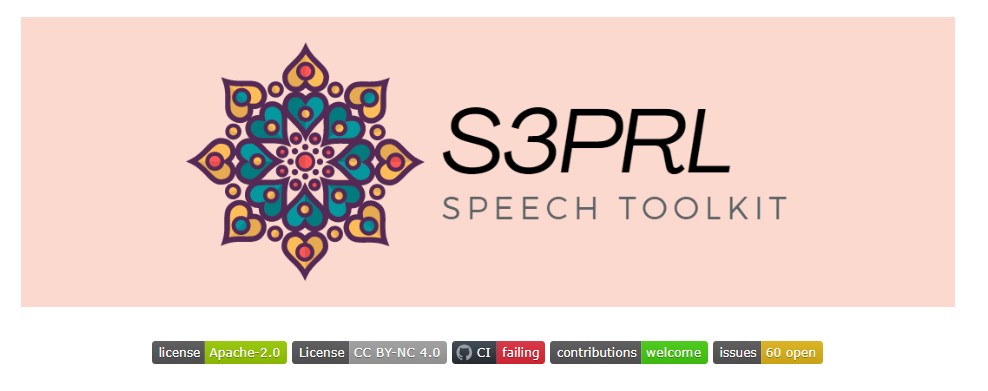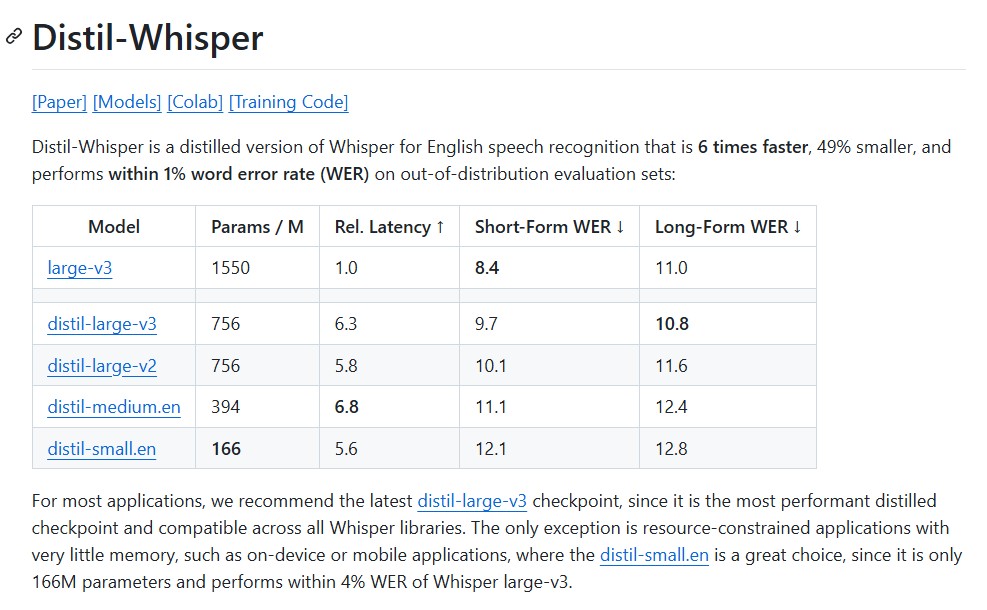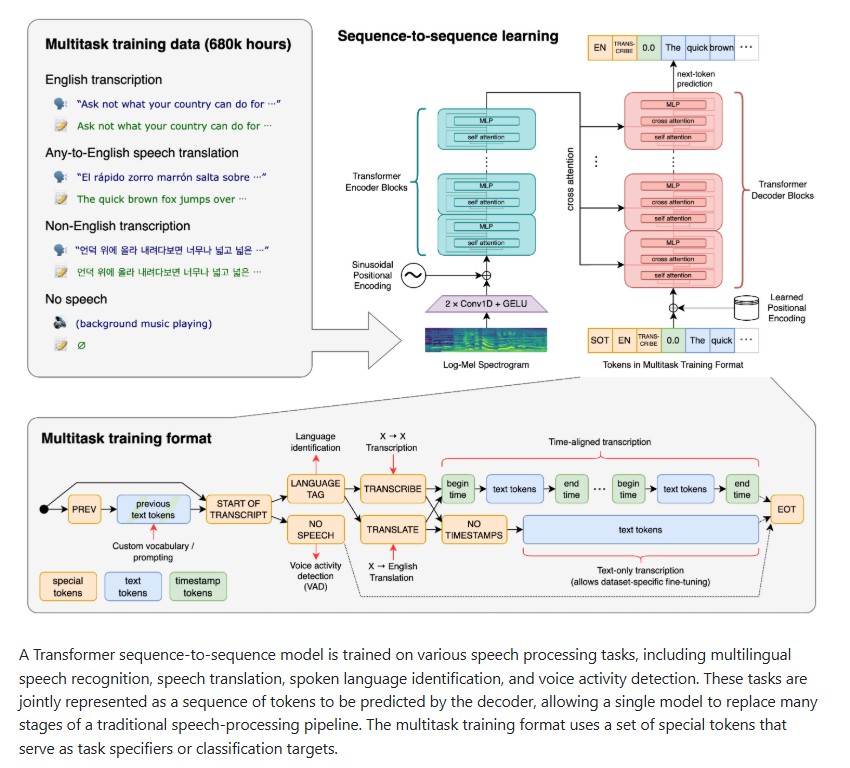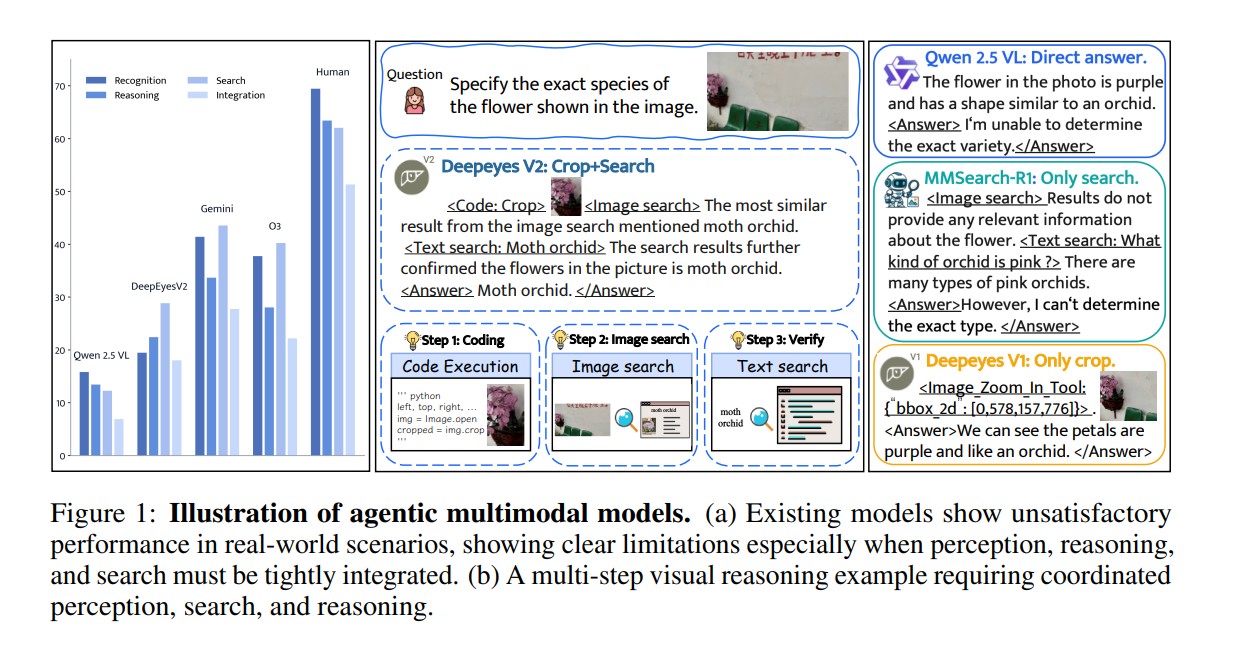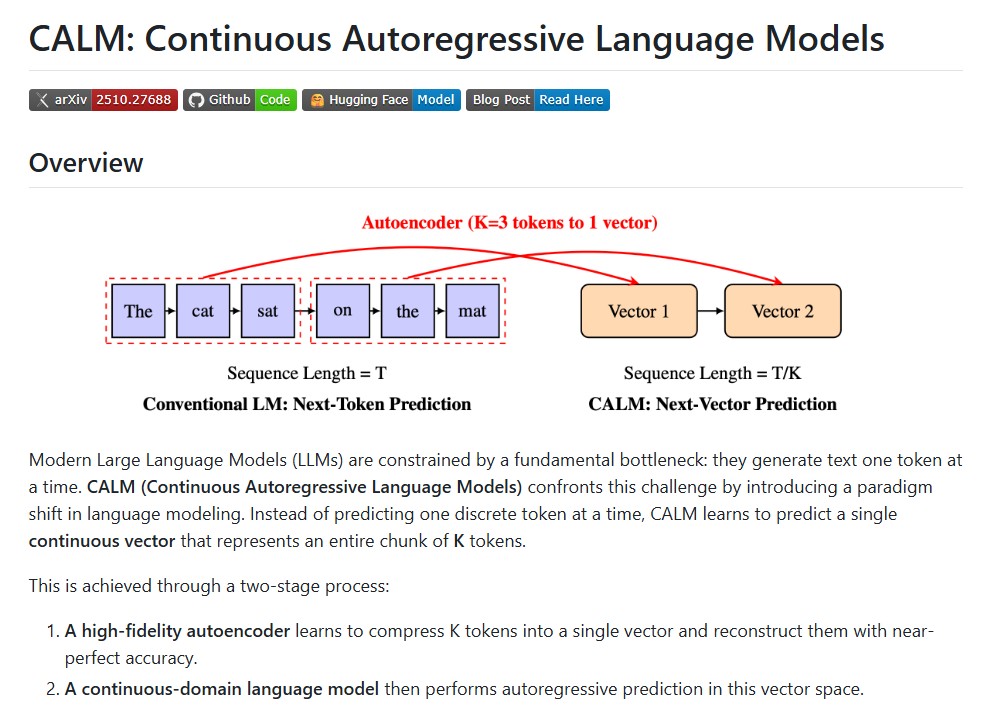S3PRL Toolkit: Advancing Self-Supervised Speech Representation Learning
The field of speech technology has witnessed a transformative shift in recent years, powered by the rise of self-supervised learning (SSL). Instead of relying on large amounts of labeled data, self-supervised models learn from the patterns and structures inherent in raw audio, enabling powerful and general-purpose speech representations. At the forefront of this innovation stands … Read more

